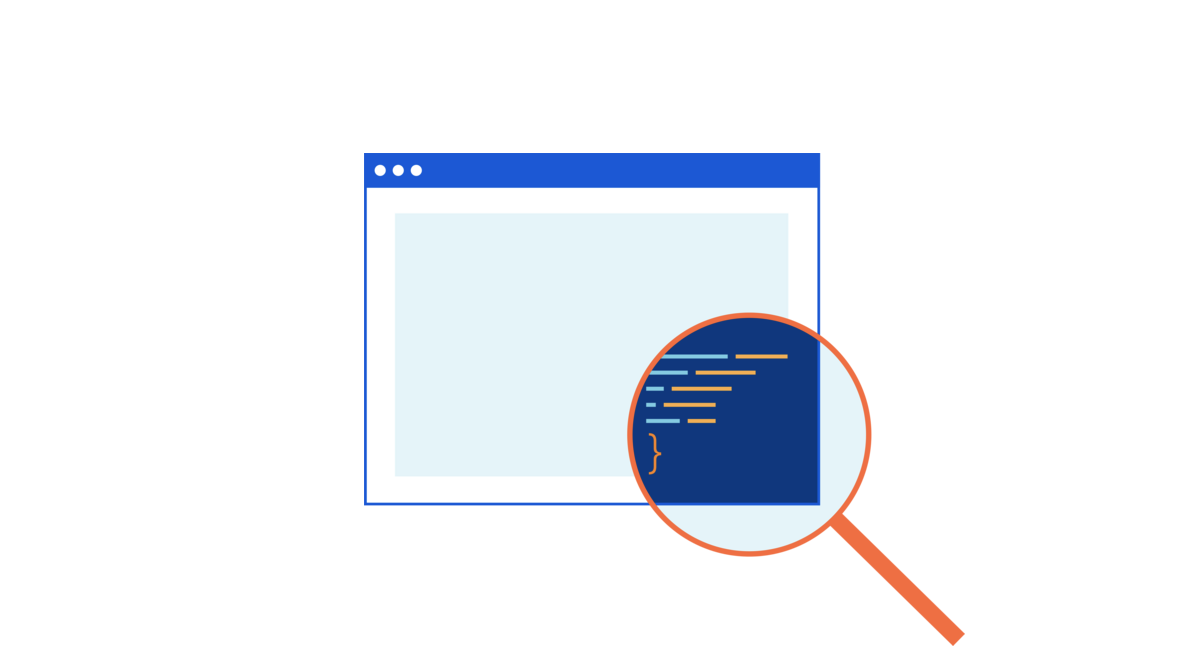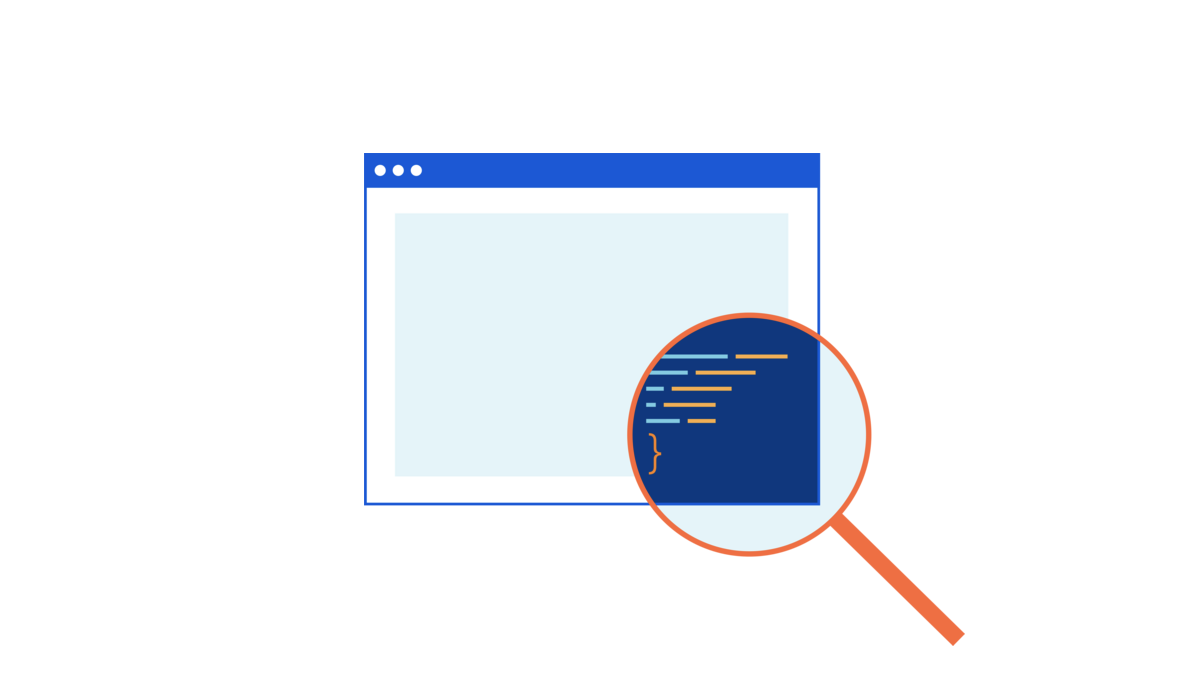NTC – Damien Garros – Source Of Truth
In this episode, we talk with Damien Garros from Network to Code. Damien works with clients on a daily basis architecting and implementing Source of Truth strategies for network automation solutions. We spend time talking through how to best approach source of truth, how to solve the age-old problem of populating the source of truth, and talk about several open source projects that can help you on your source of truth journey.
Reference Links:
- https://github.com/networktocode/ntc-netbox-pluginonboarding
- https://github.com/networktocode/network-importer
- https://github.com/networktocode/diffsync
- https://github.com/networktocode/ntc-netbox-plugin-metrics-ext
Outro Music:
Danger Storm Kevin MacLeod (incompetech.com)
Licensed under Creative Commons: By Attribution 3.0 License
http://creativecommons.org/licenses/by/3.0/
The post NTC – Damien Garros – Source Of Truth appeared first on Network Collective.
Configure identity-based policies in Cloudflare Gateway


During Zero Trust Week in October, we released HTTP filtering in Cloudflare Gateway, which expands protection beyond DNS threats to those at the HTTP layer as well. With this feature, Cloudflare WARP proxies all Internet traffic from an enrolled device to a data center in our network. Once there, Cloudflare Gateway enforces organization-wide rules to prevent data loss and protect team members.
However, rules are not one-size-fits-all. Corporate policies can vary between groups or even single users. For example, we heard from customers who want to stop users from uploading files to cloud storage services except for a specific department that works with partners. Beyond filtering, security teams asked for the ability to audit logs on a user-specific basis. If a user account was compromised, they needed to know what happened during that incident.
We’re excited to announce the ability for administrators to create policies based on a user’s identity and correlate that identity to activity in the Gateway HTTP logs. Your team can reuse the same identity provider integration configured in Cloudflare Access and start building policies tailored to your organization today.
Fine-grained rule enforcement
Until today, organizations could protect their users' Internet-bound traffic by configuring DNS and HTTP Continue reading
How Ansible Configuration Parsing Made Me Pull My Hair Out
Yesterday I wrote a frustrated tweet after wasting an hour trying to figure out why a combination of OSPF and IS-IS routing worked on Cisco IOS but not on Nexus OS. Having to wait for a minute (after Vagrant told me SSH on Nexus 9300v was ready) for NX-OS to “boot” its Ethernet module did’t improve my mood either, and the inconsistencies in NX-OS interface naming (Ethernet1/1 is uppercase while loopback0 and mgmt0 are lowercase) were just the cherry on top of the pile of ****. Anyway, here’s what I wrote:
Can’t tell you how much I hate Ansible’s lame attempts to do idempotent device configuration changes. Wasted an hour trying to figure out what’s wrong with my Nexus OS config… only to find out that “interface X” cannot appear twice in the configuration you want to push.
Not unexpectedly, I got a few (polite and diplomatic) replies from engineers who felt addressed by that tweet, so it’s only fair to document exactly what made me so angry.
How Ansible Configuration Parsing Made Me Pull My Hair Out
Yesterday I wrote a frustrated tweet after wasting an hour trying to figure out why a combination of OSPF and IS-IS routing worked on Cisco IOS but not on Nexus OS. Having to wait for a minute (after Vagrant told me SSH on Nexus 9300v was ready) for NX-OS to “boot” its Ethernet module did’t improve my mood either, and the inconsistencies in NX-OS interface naming (Ethernet1/1 is uppercase while loopback0 and mgmt0 are lowercase) were just the cherry on top of the pile of ****. Anyway, here’s what I wrote:
Can’t tell you how much I hate Ansible’s lame attempts to do idempotent device configuration changes. Wasted an hour trying to figure out what’s wrong with my Nexus OS config… only to find out that “interface X” cannot appear twice in the configuration you want to push.
Not unexpectedly, I got a few (polite and diplomatic) replies from engineers who felt addressed by that tweet, and less enthusiastic response from the product manager (no surprise there), so it’s only fair to document exactly what made me so angry.
Update 2020-12-23: In the meantime, Ganesh Nalawade already implemented a fix that solves my problem. Thanks you, awesome job!
Goodbye 2020… and never come back!

As we approach the end of the year, we can finally say goodbye to 2020. Goodbye 2020… and never come back! But, it is also time to look back at 2020 and try to see what the year 2021 promises us. So, in 2020… COVID-19! The first thing that comes to mind when we talk about this year, and I think this will be the case for a long time, is the COVID-19! Who could have foreseen at the beginning of January that the entire world would be masked…
The post Goodbye 2020… and never come back! appeared first on AboutNetworks.net.
SD-WAN: How To Transform Your Digital Networks with Security-Driven Networking
An SD-WAN solution allows cloud-to-cloud connectivity and security to work in tandem with updated cloud-to-cloud functions.Add Font Awesome 5 to a Rails 6 App
How to add font wesome 5 to a rails 6 application.Developing NetBox Plugin – Part 2 – Adding web UI pages
Welcome to part 2 of my tutorial walking you through process of developing NetBox plugin. In part 1 we set up our development environment and built base version of Bgp Peering plugin. Here we will continue work on the plugin by adding UI pages allowing us to list, view and add, Bgp Peering objects.
Developing NetBox Plugin tutorial series
- Developing NetBox Plugin - Part 1 - Setup and initial build
- Developing NetBox Plugin - Part 2 - Adding web UI pages
- Developing NetBox Plugin - Part 3 - Adding search panel
- Developing NetBox Plugin - Part 4 - Small improvements
- Developing NetBox Plugin - Part 5 - Permissions and API
Contents
- Adding web UI pages
- Enable model for permissions framework
- Single object view -
BgpPeeringView - Object list view -
BgpPeeringListView - Object creation view -
BgpPeeringCreateView - Conclusion
- Resources
- BGP Peering Plugin repository
Disclaimer
Original version of this post contained views that Continue reading
Networking and Infrastructure News Roundup: December 18 Edition
In the news this week: IBM and FUJIFILM reach a new tape storage milestone (yes, tape), multiple container- and Kubernetes-related announcements, and more.Add Font Awesome 5 to a Rails 6 App
Font Awesome is a collection of great looking icons that we can use to spice up the look of our app. Software The following software versions were used in this post. Rails - 6.0.3.4 Font Awesome (Free) - 5.15.1 Installation Firstly add the fontawesome-free package via yarn. Next,...Add Bootstrap 5 to a Rails 6 App
How to add bootstrap 5 to a rails 6 application.Add Bootstrap 5 to a Rails 6 App
In this post I will show you how to add the Bootstrap CSS framework to your Rails 6 application. Bootstrap is a solid CSS framework that allows us to make our app look really nice and work across a multitude of device types and browsers without having to get bogged down in the...Declare Your Application State with Tanzu Service Mesh
YES! You can declare your application resiliency state and keep it like that with a combination of Kubernetes and the new application resiliency capabilities in Tanzu Service Mesh.
First things first: what is Tanzu Service Mesh?
Tanzu Service Mesh allows you to create and isolate a logical structure in a Kubernetes cluster, or across different clusters, to achieve an application layer 7 networking and security fabric that you can add values on top of. Just by connecting the dots, we get service discovery, observability, security, and encrypted connectivity for all objects in that global namespace structure. More about TSM global namespaces in excellent blogs here and here.
In this blog, I focus on a new feature that (in my opinion) is a real game-changer for the way we operate and manage application resiliency. As background, I used to work on the customer side for most of my technical career, in operations and infrastructure roles, and the thing I was mostly concerned with was the application and user experience. We had multiple application monitoring solutions that continuously tested user experience via methods such as synthetic transactions (not real user ones) or tap the transaction to get the live experience. Once we Continue reading
Don’t Institutionalize the Internet

This opinion piece was originally published by the International Institute for Sustainable Development.
As the United Nations turned 75, UN Secretary-General Antonio Guterres opened the General Assembly by calling for a New Global Deal to ensure that political and economic systems deliver on critical global public goods. “Today, that is simply not happening,” he said. “We have huge gaps in governance structures and ethical frameworks. To close these gaps, we need to ensure that power, wealth and opportunities are broadly and fairly shared.”
At the Internet Society, we couldn’t agree more. But just what will this ‘New Global Deal’ and its governance structures look like with regards to digital cooperation? Let’s make sure that traditional, top-down governance of the Internet is not the answer.
The COVID-19 pandemic has underscored just how much we depend on the Internet and its distributed governance model. Because the Internet is a network of networks, its resilience is largely due to the planning, swift action, and cooperation of its interconnected participants.
And we are just at the beginning of the journey, with only 51% of the world’s population currently able to access the Internet. To get the remaining, unconnected half online, we need collaborative bottom-up Continue reading
Weekend Reads 121820
This is a rather oversized edition of the weekend reads… because I seem to have saved up a lot more links than usual.
The PC revolution started off life 35 years ago this week. Microsoft launched its first version of Windows on November 20th, 1985, to succeed MS-DOS. It was a huge milestone that paved the way for the modern versions of Windows we use today. While Windows 10 doesn’t look anything like Windows 1.0, it still has many of its original fundamentals like scroll bars, drop-down menus, icons, dialog boxes, and apps like Notepad Continue reading
Setting Boundaries Before You’re Swamped

We’re at the tail end of 2020 and things are hopeful for 2021. People are looking at the way IT has pulled together to enable working from anywhere and moving resources to the cloud and enabling users to get their jobs done. It’s a testament to the resilience of a group of sanitation workers behind the scenes whose job it is to clean up after management and sales and do the jobs no one else wants to do.
The cynic in me is worried about what the future is going to hold now that we’ve managed to transform the way we work. I couldn’t quite put my finger on it until I was checking out this Reddit thread from last week. The top rant had an interesting perspective on the way that 2021 is going to go for workers and I couldn’t agree more. My dread has a name, and it’s Overwork.
Harder, Not Smarter
If anything, 2020 proved that we can do amazing things with the right motivation. The superhero mentality of IT paid off handsomely as we stood up remote access servers and found ways to get access to resources for people that couldn’t come into the office Continue reading
How Strong Encryption Can Protect Survivors of Domestic Violence

For many of us in quarantine, our only privacy often comes in the form of digital communications. While we’re cooped up in our homes with other people, the online world can be a place to blow off steam, find distractions, and even seek refuge. This is especially true for survivors of domestic violence, sexual violence, stalking, and trafficking, who have historically relied on encrypted communications to find support and an escape.
This year has been particularly hard for survivors. Factor in spiking COVID-19 cases, the long slog of sheltering in place, economic uncertainty, and, in some regions, colder weather and shorter days – plus December and January holidays, which traditionally see an uptick in domestic violence incidents – and you have a perfect storm. Access to private online communication isn’t just a way to find support and escape, but a means of survival.
With the risk of domestic violence higher now, it is even more essential that we protect survivors’ privacy and safety online. In a pandemic, survivors may only be able to rely on digital communications for help, to limit in-person interactions.
This is why we worked with the National Network to End Domestic Violence to put together a Continue reading
John Capobianco | Automating the Canadian Parliament Network
John Capobianco, Senior IT Planner and Integrator at House of Commons, joins co-hosts Derick and Brandon to dive into his journey to network automation for the Canadian Parliament. If you're curious about network automation or have already begun to implement, this is the episode for you!